Column: How To Make Music At Home
Chancelor Bennett, better known by his stage name and musical moniker Chance The Rapper is well known for his unique and charmingly positive approach to hip-hop, but he is perhaps known even more for his commercial success without the assistance of a record label. His most recent album Coloring Book grossed $2.13 million in only its first three months of public availability, and only through online streaming. Chance tours the world performing his music now, but he most certainly was not born famous. He began his music career with the music he wrote and produced himself in his hometown of Chicago. In fact, the first draft of his first full mixtape 10 Day was written during his 10 day suspension from Jones College Prep High School. If Chance can go from suspended to superstar all by himself, there is nothing saying you cannot either, but first you have got to start producing your own music.
This column will give you the necessary knowledge to start making your own tracks, and set you on your path to potential fame and fortune. I have been writing and recording my own music from home since I was 13, and I am well versed in the technology that you will need to properly do so.
First things first; you will need to select a Digital Audio Workstation (DAW) that you would like to record and compose with. There are many competitors out there, ranging from LMMS, a free, open source DAW available for Mac, Windows and even Linux, to more professional, industry approved programs like Cubase or Pro Tools. I personally recommend Ableton Live 9, for the sole reason that it can be used as a recording studio and or an incredibly versatile instrument to give live performances with. Not only can you use Ableton to record audio tracks and MIDI sequences (MIDI refers to any sort of instrument you can play and record inside the software), you can use its unique Session View mode to record “Clips” of audio or MIDI data and trigger them in real time, allowing you to mix and match a countless amounts of ideas and segments to perform complex pieces for an audience. If you are not much for performing, Ableton still comes with many essential effects and tools to make quality sounding tracks, and it has an incredibly smooth and flexible workspace. If you end up making your songs with four tracks of audio and a certain few plug ins every time, you can set Ableton to load up new files with these parameters, allowing you to skip the set up and get right into creating. You can use your own computer keyboard to play and record notes and sounds, or for the more musically inclined, tons of options for MIDI controller keyboards are out there, all with different features to accommodate for your specific needs, and some lines of controller such as the Novation Launchpad series or the Akai APC series come with copies of Ableton Lite which allow for up to eight tracks of audio or MIDI per song. Subsequent versions of the software can range anywhere from $639 to $1,118, however, so price is definitely an important consideration to make when selecting your DAW.
Not much of an electronics fan? Ableton (or practically any DAW for that matter) can record guitars, vocals, drums, glockenspiels, you name it. There is also a bit of editing capabilities for audio files too in the program. You can quantize (sync to tempo) audio which is useful for getting percussion exactly on beat, or you can nudge transients (little time markers that analyze spikes in an audio file) to get rid of slight timing errors in something like a keyboard melody. You can shift the pitch of files, add effects, and Ableton Lite even comes with guitar amp modeling software, so you can get started making anything from disco to death metal all on your computer. Hundreds of drum samples and quite a few digital instruments also come with the software. Of course to record audio you will need microphones, and different microphones have different uses. For recording louder audio or audio from one direction like a guitar or drum, the Shure SM57 is an industry standard and is relatively inexpensive for the quality of the mic (around $89.99). Of course you will need an audio interface to use most standard microphones, but if you are looking for the most simple approach, you can simply use a USB microphone like the Blue Yeti (around $100) which has multiple recording modes for different situations. Do not let prices stop you, however. It is possible to make full compositions with nothing but the internal microphone of a laptop or a Guitar Hero microphone controller (both of which I have used myself).
Anyone can start making music from home, but to achieve the success of someone like Chance, you will need time more than anything. Virtually no one starts writing songs and immediately has a unique style or genius concept right out of the gate, and an important value I like to keep in terms of equipment is that it is better to become skilled with only a few pieces than to keep buying new things in hopes that your tracks will become more interesting as a result. Remember to start slow, keep learning, and most of all, have fun. In the end, music is expression, and all of the programs and hardware used to make it are exactly that. It is all about what you feel like making, and how you think you can best create your vision, and with a bit of know how you can start making your vision today.


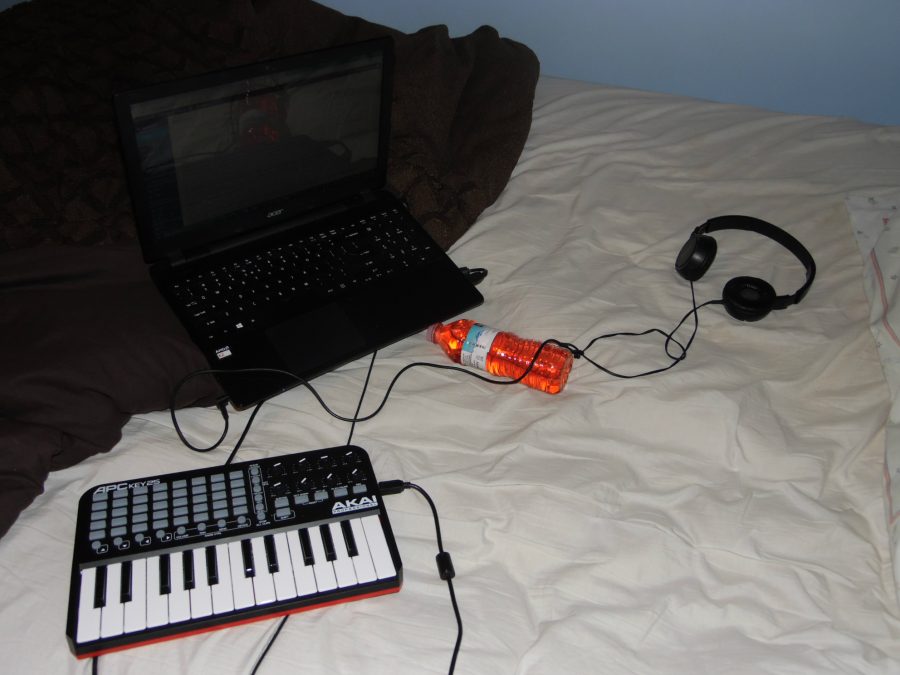
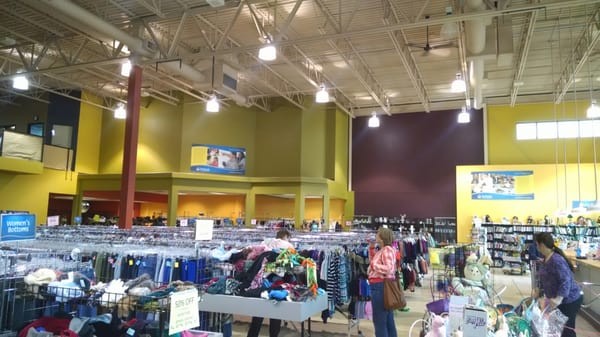
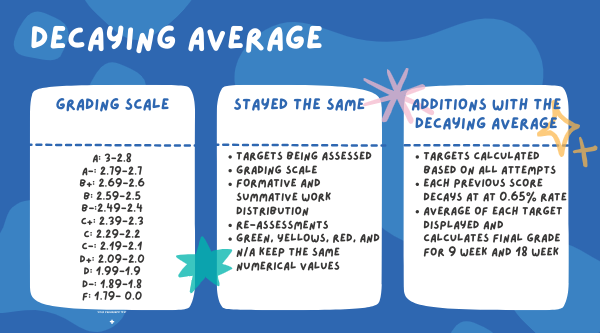

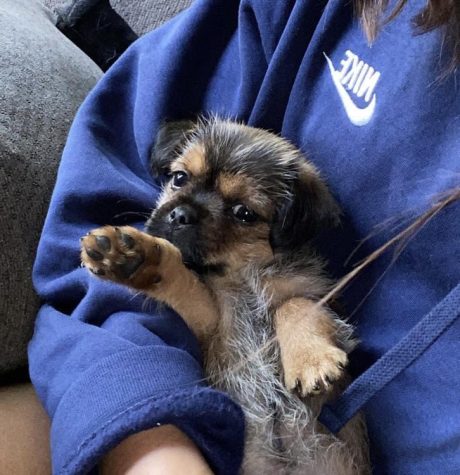

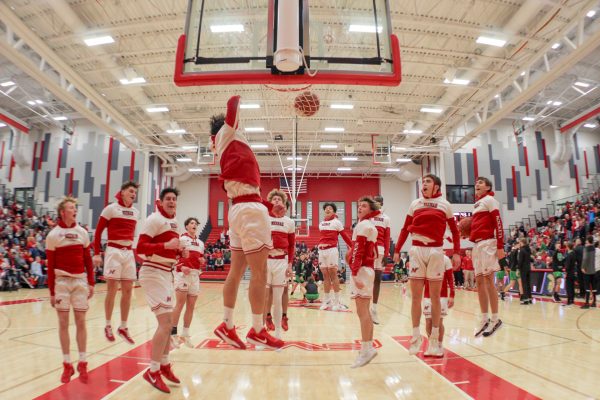
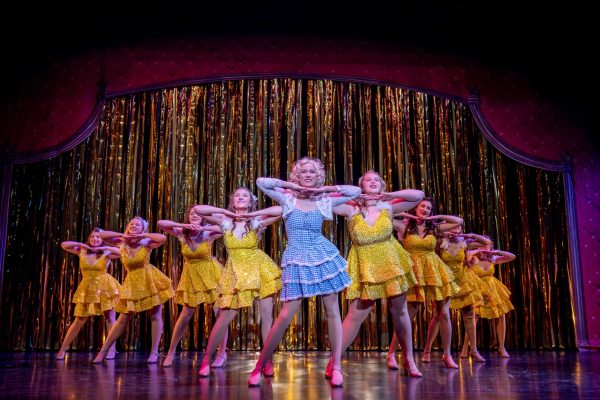


Brandon Diedrich • Mar 7, 2017 at 10:34 AM
This article gives me a great knowledge base should I ever want to produce my own music. The introduction thoroughly introduces me to Chance the Rapper and then smoothly connects him to the rest of the column. The author offers great advice for producing music and even weaves in personal experience which lends to his credibility.